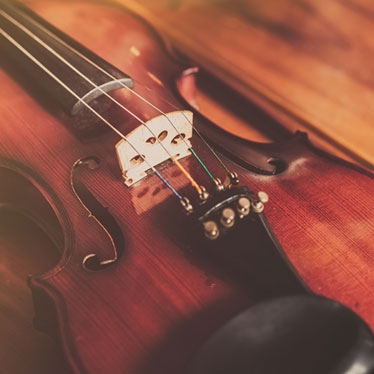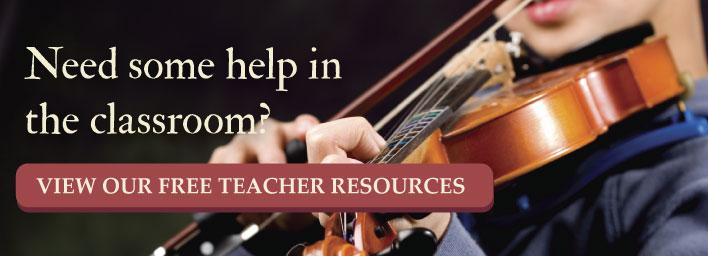Best Apps for Learning To Play The Violin: 2019 Update

It's time for an update to our past articles of the best apps for learning to play the violin. You can find our original lists here and here. They are still amazing tools.
We've added a few new apps that make learning the violin fun and provide high impact to your skills. This year's big additions: real time feedback from the app!
New Apps for 2019
- Trala: This app, with skill levels for beginner to advanced, prides itself on giving the student instant feedback. That's right. The app listens to what you're playing and provides guidance on what you're doing. It also includes tutorials from well-known violinists and a live chat option with a trained instructor. The live chat isn't the real-time feedback. That's done through proprietary technology embedded in the app. This assistance isn't given for free though. You can get a free 7-day trial, but after that the app bills either a month subscription fee of $19.99 or an annual subscription of $119. However, as this app advertises its goal is to accelerate a student's progress, not just assist, some students may find the price worthwhile. For teachers, there's also a portal where you can see what your students are doing in the app. Android-users are out of luck, this app is only available on iOS devices.
- Jameasy: This learning app is designed especially for the youngest students. It includes a Bluetooth device that clips on to the violin that's used to teach students how to tune their violin and listen to their practice to provide the feedback. The app uses a bright interface and gamification format to encourage young, new students to practice. The app is free and can be used to good effect without the Bluetooth device. You can buy the Bluetooth device (on sale for $69 at the time of publication) to amp up the app's teaching ability.
- Notes Teacher: This is another app dedicated to improving your sheet music reading ability. It has two modes: Learn and Practice. You can set practice to reading treble clef, bass clef, or both. This app is free. Note, the Android version is listed as Teacher Notes.
Apps focused on getting the beginner violinist up and running
Many apps have exercises that cross a range of skills. These apps have tools specifically designed for the beginner. They’re also useful tools for the more experienced violinist who wants to reinforce some basics.
- PlayAlong Violin: The teaching app steps through new music, note by note, as you play along. Beginners can turn on a function that shows the finger chart for each note. You can also slow down the tempo of your play as you start learning a new song. As your skills grow, you can turn that feature off and move to higher skill levels. The app grades each performance so you can see exactly how many notes you got right and wrong and measure your improvement over time. You can buy individual songs for under a dollar or buy a mega-pack of music for less than five dollars. The makers of this app have developed other PlayAlong apps for other instruments, everything from viola to trombone. Unfortunately, this app is only available on Apple mobile platforms.
- BandBlast: This app boasts thousands of hours of tutorials led by some of the most accomplished philharmonic musicians around the world. Its lessons are designed to complement the traditional topics first-year band and orchestra students learn. It also gamifies pitch and rhythm exercises, so they become as addictive as any other mobile game. Last, students can record their performance with the Philharmonic musicians as accompanists. This app is available for both Apple and Android. Best of all, it’s free.
Apps that help train your ears
Ear training is perhaps one of the most challenging skills to learn as a new musician, yet it's so vital. When you find yourself with an empty ten minutes or so, spend it on one of these apps to refine your ear.
- Ear Master: Music colleges and conservatories all over the world use this app to train the ears of their music students. It has over 2500 music theory exercises that draw on a range of music genres. This app’s goal is to help you recognize melodies, scales, chords,
intervals, chord progressions and rhythms. In some exercises, you can play your answers, and in others, you'll transcribe them. In all cases, the app tracks your scores and progress. The app only runs on computers or tablets. It's also pricier than most phone apps with full price packages ranging from $60 to $100. They do offer educational discounts that schools can extend to both teachers and students, so you might want to talk to your school about buying a license. - Easy Music: This mobile app is for the youngest violin students – as young as five years old. Kid-friendly graphics like dancing flamingos and singing squirrels teach them how to recognize notes, pitch, rhythm, and melody. It's a low $3.99, and that's without any ads. This app is an opportunity to start teaching young students music theory without going above their heads with theory.


